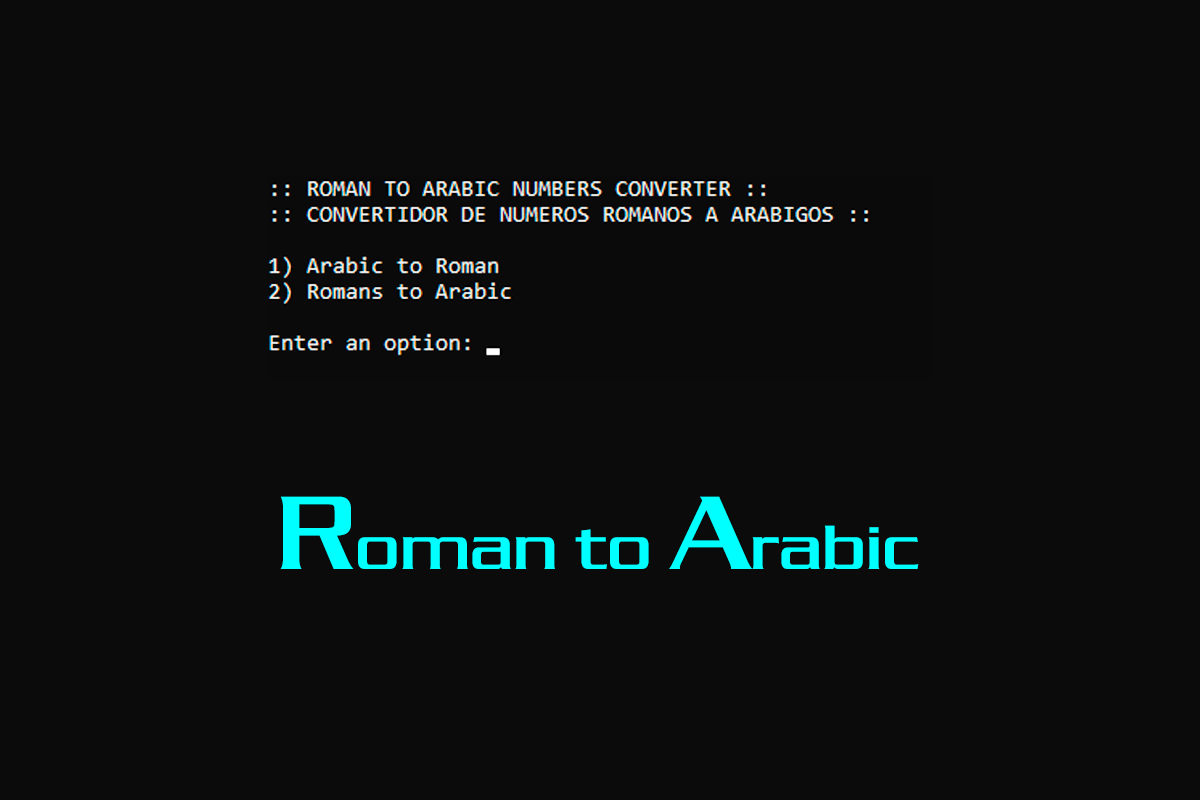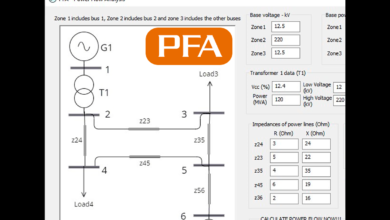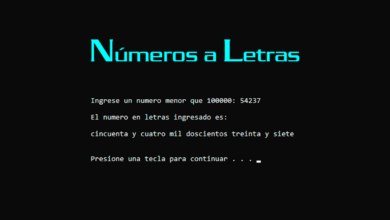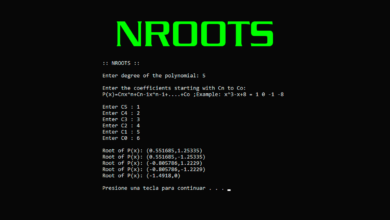C++ Programming GalleryMath and others
Roman to Arabic Numbers Converter in C++

Converts a Roman numeral to an Arabic numeral (ordinary numbering).
ROMTOARA:
Converts a Roman numeral to an Arabic numeral (ordinary numbering).
Example:
If I enter LIX, it returns 59.
ARATOROM:
Converts a 4-digit Arabic number (ordinary numbering) to Roman numerals.
Example:
If I enter 59 and LIX returns.
Developed by:
YACSHA – Software & Desing, since 1999, Lima – Perú
The World of Chaos – EL MUNDO DEL CAOS – Unlimited Programming
You can DOWNLOAD the SOURCE CODE and executable software for FREE from here:
Join The World of Chaos Developer Community😃
Contribute to the project on Github!HISTORY
- Version 2 – 19-IV-2024
- Update math-and-others\aratorom – Porting to VC++ 2017 using winbgi
- It merges with the aratorom project with romtoara, to convert from Arabic to Roman numerals and vice versa in a single program
- Update code to C++17
- The program is translated from Spanish to English.
- The romtoara algorithm is optimized to perform the conversion within a loop
- Update credits and version historyu in Spanish and English
- In the aratorom GUI, a validation is added indicating that only Arabic numerals less than 4000 can be entered, because the maximum Roman numeral is M (1000).
- Version 1 – 31-X-2000
- First version for Borland C++ 3.1 and Turbo C 3.0







